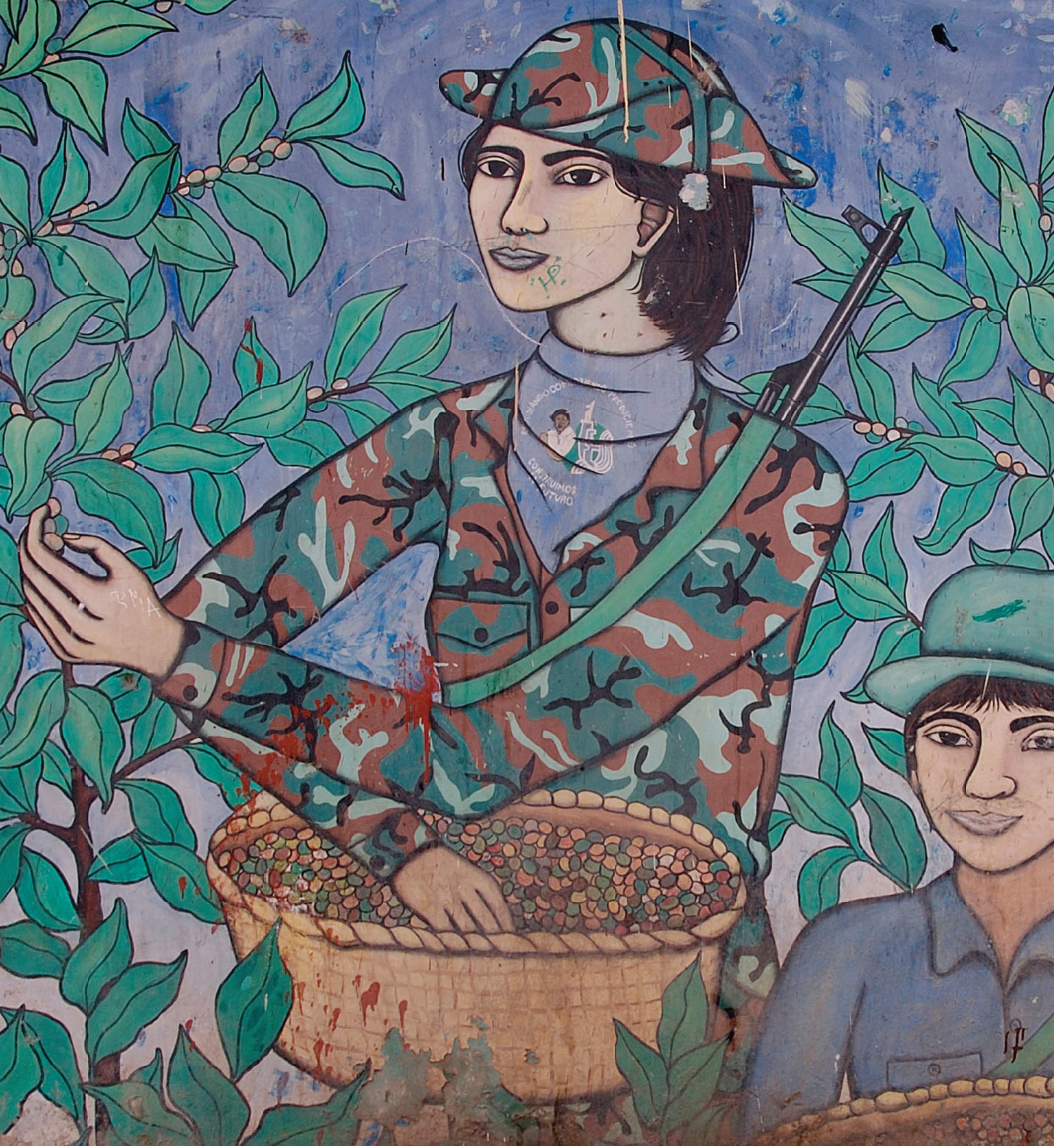Introduction for Chapter 32
32 Liberalization 1968–
> Why did liberalization emerge as a such a powerful force in the second half of the twentieth century, and what were the consequences of this development? Chapter 32 examines the impact of liberalization in the late twentieth century. In the 1970s two currents ran against each other in much of the world. The radicalism of liberation in decolonization, revolutions, and mass social movements continued. But alongside this current ran a different one whose influence was undeniable by the 1990s: liberalization. After the Second World War, the United States had championed liberal economic policies, but this objective ran against the desires of other countries to protect and promote their own industrialization and economic development. But in the last decades of the century, the U.S. drive for global liberalization of trade experienced greater success, while reform movements in the Eastern bloc and in Latin America pursued human rights and political liberalization.

LearningCurve
After reading the chapter, use LearningCurve to retain what you’ve read.
| 1973 | 1990– |
| Yom Kippur War; OPEC oil embargo | Persian Gulf War |
| 1979 | 1991 |
| Islamic revolution in Iran; second oil shock | Congress Party in India embraces Western capitalist reforms |
| 1980 | 1991– |
| Rhodesian white minority rulers surrender power and the nation is renamed Zimbabwe | Civil war in Yugoslavia |
| 1980– |
1993 |
| Iran- |
Formation of European Union |
| 1982 | 1994 |
| Falklands (or Malvinas) War leads to the collapse of the Argentine junta | North American Free Trade Agreement goes into effect between Canada, Mexico, and the United States |
| 1985 | 1994 |
| Glasnost leads to greater freedom of speech and expression in the Soviet Union | Nelson Mandela elected president of South Africa |
| 1987 | 2003– |
| Palestinian intifada | Second Persian Gulf War |
| 1989 | 2007 |
| Collapse of Berlin Wall; “NO” campaign in Chile; Tiananmen Square protests suppressed in China | Hamas seizes control of Gaza Strip from Palestinian Authority |
| 1989– |
2009– |
| Fall of communism in Soviet Union and eastern Europe | Popular uprisings and protests across the Middle East |